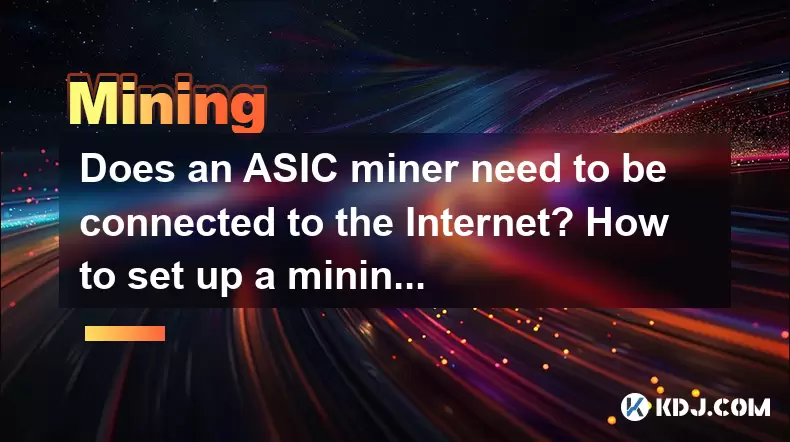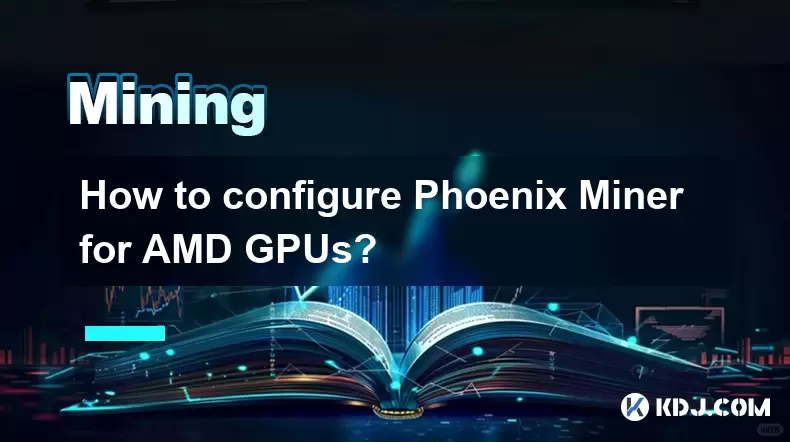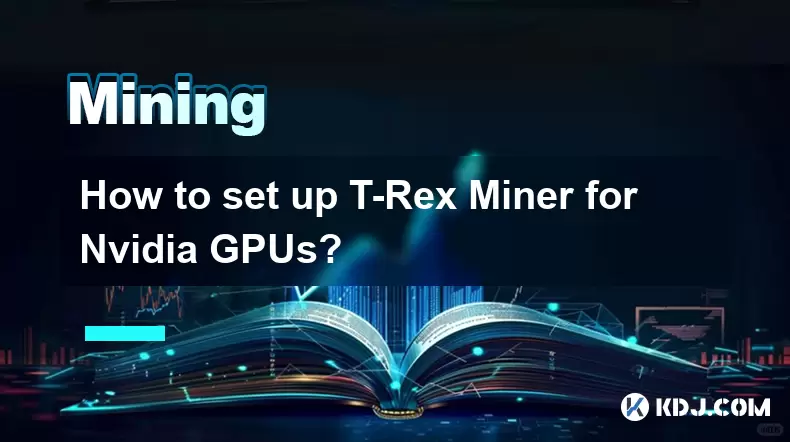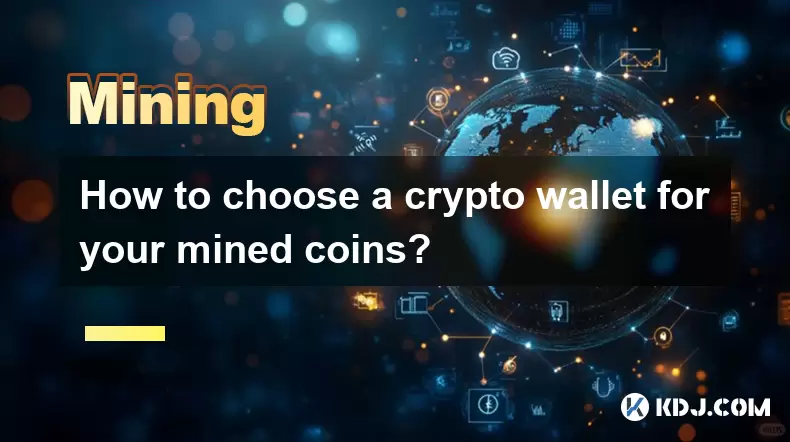-
 Bitcoin
Bitcoin $119000
-2.15% -
 Ethereum
Ethereum $4648
-2.11% -
 XRP
XRP $3.116
-3.60% -
 Tether USDt
Tether USDt $1.001
0.04% -
 BNB
BNB $845.4
-2.66% -
 Solana
Solana $195.5
-4.38% -
 USDC
USDC $1.000
0.03% -
 Dogecoin
Dogecoin $0.2321
-3.49% -
 TRON
TRON $0.3606
-2.26% -
 Cardano
Cardano $0.9536
-3.05% -
 Hyperliquid
Hyperliquid $48.45
3.29% -
 Chainlink
Chainlink $22.33
-5.30% -
 Sui
Sui $3.833
-3.43% -
 Stellar
Stellar $0.4282
-3.88% -
 Bitcoin Cash
Bitcoin Cash $595.1
-2.53% -
 Ethena USDe
Ethena USDe $1.001
0.04% -
 Hedera
Hedera $0.2538
-4.73% -
 Avalanche
Avalanche $24.74
-1.45% -
 Litecoin
Litecoin $121.1
-5.73% -
 Toncoin
Toncoin $3.481
-1.04% -
 UNUS SED LEO
UNUS SED LEO $9.637
3.97% -
 Shiba Inu
Shiba Inu $0.00001301
-4.96% -
 Uniswap
Uniswap $11.05
-4.09% -
 Polkadot
Polkadot $4.011
-5.06% -
 Dai
Dai $1.000
0.03% -
 Bitget Token
Bitget Token $4.707
-1.24% -
 Cronos
Cronos $0.1554
-5.34% -
 Ethena
Ethena $0.7415
1.64% -
 Aave
Aave $312.5
-4.62% -
 Pepe
Pepe $0.00001115
-6.45%
Does an ASIC miner need to be connected to the Internet? How to set up a mining pool?
An ASIC miner needs an internet connection to communicate with the blockchain network and submit mining solutions to earn cryptocurrency rewards.
May 14, 2025 at 10:28 pm

Does an ASIC Miner Need to Be Connected to the Internet?
ASIC miners, or Application-Specific Integrated Circuit miners, are specialized hardware designed to mine cryptocurrencies like Bitcoin. One common question among miners is whether these devices need an internet connection to operate effectively.
The short answer is yes, an ASIC miner does need to be connected to the internet. This connection is crucial for several reasons. Firstly, the miner needs to communicate with the blockchain network to receive and submit mining tasks. Without an internet connection, the miner cannot receive the necessary data to perform its mining operations. Secondly, the miner needs to be able to submit the solutions it finds back to the network to claim the rewards. Without an internet connection, these solutions cannot be verified, and the miner cannot earn any cryptocurrency.
However, the type of internet connection required can vary. A stable and reliable internet connection is ideal, but miners can still operate with less stable connections, albeit with potential performance issues. Some miners use mobile hotspots or satellite internet in remote locations, but these options may lead to higher latency and lower mining efficiency.
How to Set Up a Mining Pool
Setting up a mining pool involves several steps and requires a good understanding of both the technical and operational aspects of cryptocurrency mining. Here's a detailed guide on how to set up a mining pool.
Choosing a Mining Pool Software
The first step in setting up a mining pool is to choose the right software. There are several options available, each with its own set of features and requirements. Some popular choices include CKPool, Slush Pool, and EasyMiner. When selecting a software, consider factors such as ease of use, scalability, and the level of support provided.
- Download and install the chosen mining pool software on a server that will act as the pool's central hub. Ensure that the server has sufficient resources to handle the expected load.
- Configure the software according to the documentation provided by the software developer. This typically involves setting up the pool's parameters, such as the mining algorithm, block reward distribution method, and pool fees.
Setting Up the Pool's Infrastructure
Once the software is installed and configured, the next step is to set up the pool's infrastructure. This includes setting up the necessary hardware and network components to support the pool's operations.
- Set up a dedicated server to host the mining pool software. This server should have a reliable internet connection and sufficient processing power to handle the pool's operations.
- Configure the server's firewall and security settings to protect the pool from potential attacks. This includes setting up secure access protocols and regularly updating the server's software to patch any vulnerabilities.
- Set up a database to store the pool's data, such as user accounts, mining statistics, and transaction records. Choose a database that is scalable and can handle the expected volume of data.
Registering the Pool and Attracting Miners
With the pool's infrastructure in place, the next step is to register the pool and start attracting miners. This involves setting up a website and marketing the pool to potential users.
- Create a website for the mining pool, including information about the pool's features, fees, and how to join. Make sure the website is user-friendly and provides clear instructions for new users.
- Set up a registration system for miners to join the pool. This typically involves creating user accounts and providing each miner with a unique mining address.
- Market the pool to attract miners. This can be done through social media, online forums, and other cryptocurrency communities. Highlight the pool's advantages, such as low fees, high reliability, and good customer support.
Managing the Pool's Operations
Once the pool is up and running, it's important to manage its operations effectively. This includes monitoring the pool's performance, handling user inquiries, and ensuring that the pool remains profitable.
- Monitor the pool's performance regularly to ensure that it is running smoothly. This includes checking the pool's hash rate, block rewards, and any issues that may arise.
- Handle user inquiries promptly and professionally. This includes responding to support tickets, resolving any issues that miners may encounter, and providing regular updates on the pool's status.
- Ensure the pool remains profitable by adjusting the pool's fees and reward distribution method as needed. This may involve analyzing the pool's financial performance and making changes to maximize profitability.
Frequently Asked Questions
Q: Can an ASIC miner operate without an internet connection if it's connected to a local network?
A: No, an ASIC miner still requires an internet connection to communicate with the blockchain network. A local network alone is not sufficient for mining operations.
Q: What are the risks of setting up a mining pool?
A: Setting up a mining pool involves several risks, including cybersecurity threats, financial risks due to fluctuating cryptocurrency prices, and operational challenges such as managing a large number of users.
Q: How can I ensure the security of my mining pool?
A: To ensure the security of your mining pool, implement strong security measures such as regular software updates, secure access protocols, and robust firewall settings. Additionally, educate your users about best practices for securing their mining rigs.
Q: Is it possible to set up a mining pool without any technical knowledge?
A: While it is possible to set up a mining pool with minimal technical knowledge, having a good understanding of the technical aspects can significantly improve the pool's performance and security. It's recommended to seek guidance from experienced miners or hire a professional to assist with the setup.
Disclaimer:info@kdj.com
The information provided is not trading advice. kdj.com does not assume any responsibility for any investments made based on the information provided in this article. Cryptocurrencies are highly volatile and it is highly recommended that you invest with caution after thorough research!
If you believe that the content used on this website infringes your copyright, please contact us immediately (info@kdj.com) and we will delete it promptly.
- Kazakhstan's Crypto Leap: Bitcoin ETF and Central Asia's Digital Finance Future
- 2025-08-13 12:45:19
- BlockDAG Presale Blazes Past $371M: Fundraising Frenzy Fuels Crypto Sensation
- 2025-08-13 13:05:21
- Meme Coins: Chasing the 2025 Surge – Which Will Moonshot?
- 2025-08-13 10:25:23
- Bitcoin's Wild Ride: Rally, Pullback, and What's Next
- 2025-08-13 10:25:23
- Bitcoin, Bitmax, and Institutional Demand: A New Era of Crypto Investment
- 2025-08-13 10:45:12
- Solana, ROAM, and Airdrops: What's the Buzz in 2025?
- 2025-08-13 11:35:13
Related knowledge

How to configure Phoenix Miner for AMD GPUs?
Aug 11,2025 at 03:21am
Understanding Phoenix Miner and Its Compatibility with AMD GPUsPhoenix Miner is a lightweight, high-performance Ethereum mining software designed for ...

How to set up T-Rex Miner for Nvidia GPUs?
Aug 10,2025 at 12:07am
Understanding T-Rex Miner and Its Compatibility with Nvidia GPUsT-Rex Miner is a high-performance mining software designed specifically for Nvidia GPU...

What is "proof-of-work" and how does it relate to mining?
Aug 07,2025 at 02:03pm
Understanding the Concept of Proof-of-WorkProof-of-work (PoW) is a consensus mechanism used in blockchain networks to validate transactions and secure...

How to choose a crypto wallet for your mined coins?
Aug 13,2025 at 11:36am
Understanding the Types of Crypto Wallets for Mined CoinsWhen selecting a crypto wallet for your mined coins, the first step is to understand the diff...

What are the differences between mining on Windows vs. Linux?
Aug 06,2025 at 11:29pm
Overview of Cryptocurrency Mining PlatformsCryptocurrency mining involves using computational power to solve complex cryptographic puzzles and validat...

How to use an old computer for cryptocurrency mining?
Aug 07,2025 at 12:42pm
Understanding the Feasibility of Using an Old Computer for MiningUsing an old computer for cryptocurrency mining may seem outdated, but it is still te...

How to configure Phoenix Miner for AMD GPUs?
Aug 11,2025 at 03:21am
Understanding Phoenix Miner and Its Compatibility with AMD GPUsPhoenix Miner is a lightweight, high-performance Ethereum mining software designed for ...

How to set up T-Rex Miner for Nvidia GPUs?
Aug 10,2025 at 12:07am
Understanding T-Rex Miner and Its Compatibility with Nvidia GPUsT-Rex Miner is a high-performance mining software designed specifically for Nvidia GPU...

What is "proof-of-work" and how does it relate to mining?
Aug 07,2025 at 02:03pm
Understanding the Concept of Proof-of-WorkProof-of-work (PoW) is a consensus mechanism used in blockchain networks to validate transactions and secure...

How to choose a crypto wallet for your mined coins?
Aug 13,2025 at 11:36am
Understanding the Types of Crypto Wallets for Mined CoinsWhen selecting a crypto wallet for your mined coins, the first step is to understand the diff...

What are the differences between mining on Windows vs. Linux?
Aug 06,2025 at 11:29pm
Overview of Cryptocurrency Mining PlatformsCryptocurrency mining involves using computational power to solve complex cryptographic puzzles and validat...

How to use an old computer for cryptocurrency mining?
Aug 07,2025 at 12:42pm
Understanding the Feasibility of Using an Old Computer for MiningUsing an old computer for cryptocurrency mining may seem outdated, but it is still te...
See all articles

























































































